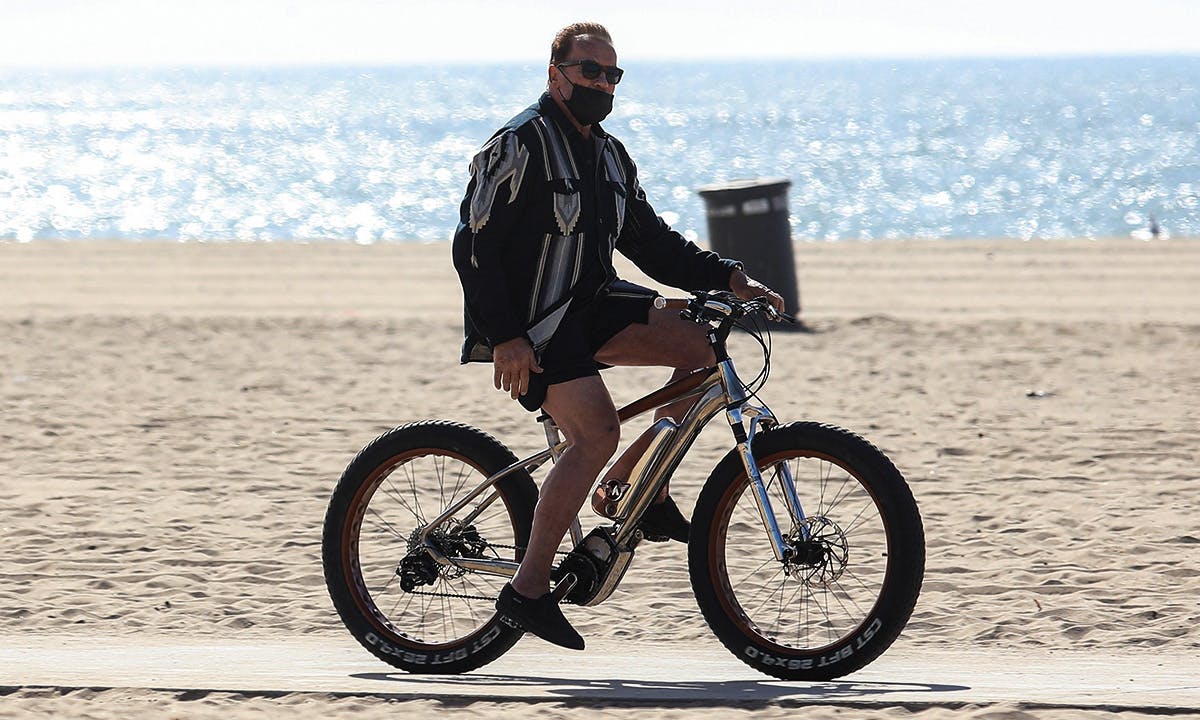It's even worse than that for most ebike riders. On a 65 lb commuter bike with an upright 200 lb rider in street clothing, the
crossover ground speed Vc at which air resistance becomes 50% of total resistance is only 9 mph on the flat in still air.
Add a 10 mph headwind, and Vc = 0 mph. Add a 5% grade instead, and Vc jumps to 28 mph. Add both the grade and headwind, and Vc = 18 mph. However, few ebikes will ever reach the last two Vc values under these conditions.
These Vc trends mean that the combined weight-dependent resistance (slope + rolling) can easily dominate total resistance on even moderate grades. If shaving grams off an ebike ever makes sense at steady speed, that would be the time.
But all of the above assumes steady ground speed. Every gram counts during acceleration and braking, especially on the tires and rims. Aggressive weight reduction makes some sense when you're mainly after responsiveness.


